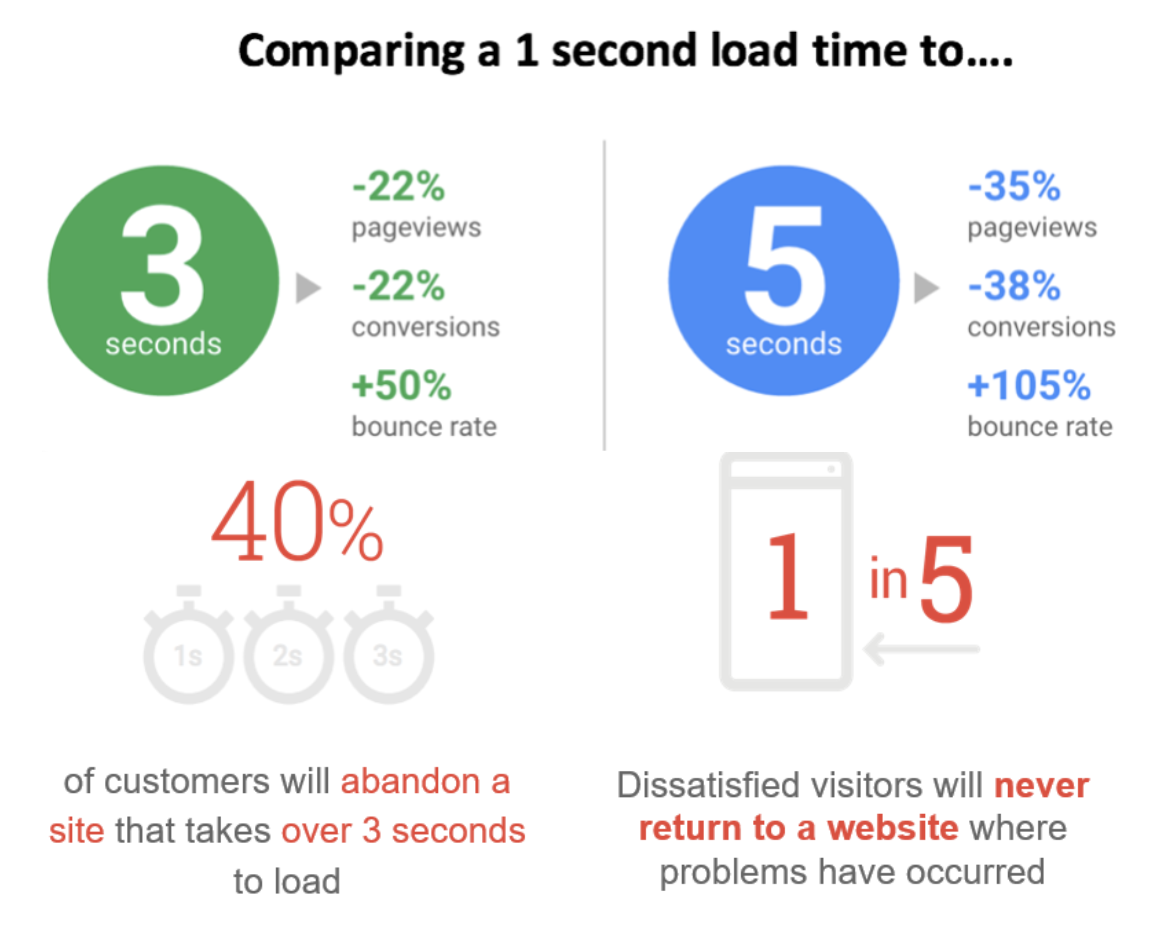Mobile sales traffic is growing at an unprecedented rate. In retail and e-commerce, the only way to engage customers in the long-run is by creating intuitive, flawless, and enjoyable mobile shopping experiences that go beyond a single purchase.
Users prefer apps to mobile websites
In the holiday season of 2020, smartphones continued their steady increase despite shifting to working from home and on Christmas Day retailers saw 52% of online spend come from smartphones – the first time over 50%.
In 2021, 72.9 percent of all retail e-commerce is expected to be generated via m-commerce, up from 58.9 percent in 2017, with and expected $3.56 billion. Emerging e-commerce markets in mobile-first economies are a large driver of this trend.
Shopping on mobile can happen in two ways: either on mobile websites or through mobile apps. Mobile websites are optimized and scaled for mobile devices — with typical features including smaller fonts and fewer page elements, compared to desktop versions. Mobile apps, on the other hand, use the device’s native features, allowing developers to build better, faster, and more customized user experiences for customers.
In 2020, the pandemic accelerated the growth of time spent with mobile, reaching 4 hours and 16 minutes (per US adult) and this trend is continuing in 2021 too.
Generally speaking, customers — especially millennials — opt for apps because of the more pleasant user experience, speed, and extra features and functionalities they offer. Moreover, according to App Annie’s report, App advantages over mobile browsers: The loyalty factor, mobile apps are a powerful driver when it comes to customer loyalty: smartphone users spend 7x more time in native apps than in browsers and they often purchase more frequently within the apps, as well.

In 2019, mobile apps showed much higher conversion rates than mobile websites. Button’s 2019 report showed that during the holiday season, there was a +108% increase in app conversion compared to mobile web conversion, and during the first half of 2019, this reached a +157% difference. People tend to open apps several times a day, and on average, they also view 4.2x more products per session within apps, compared to mobile sites. Moreover, they found that apps pushed more users down the purchase funnel, with 3x higher conversion rates compared to mobile sites and even 1,5 times more conversions per session than via desktop. These numbers show why having an app is fundamental for building and maintaining customer loyalty.
Why do apps perform so much better?
Firstly, mobile websites lack the features and functionalities that have the potential to drive engagement. Since their capabilities are limited, it becomes more difficult to maintain an ongoing connection with customers. Secondly, apps have a head start when it comes to providing the flawless experience mobile shoppers require. Mobile as a platform is unforgiving: if the experience is not convenient, slow, error-prone, or difficult to navigate, users tend to abandon it immediately and look elsewhere to find what they want. To make users convert, an app has to offer a flawless user experience. Since websites rely on web servers for storing information, they usually take more time to load, depending on browser performance, hosting provider, or the network. A study on page speed optimization shows that even a three-second delay in loading time costs a huge percentage of conversions. Consequently, shopping cart abandonment on mobile sites is the highest of all — driving the global abandonment rate up to 73.4%, as mentioned on RetailDive — due to instability, slow loading time, and a tedious payment process. Perhaps one of the most important reasons for cart abandonment is that customers get frustrated and tend to leave their cart when they have to fill out their details during checkout.

Mobile apps can solve this problem by saving user data and offering in-app, one-click payments, making the whole process faster and easier. While a conversion can also be defined by other actions, ultimately, it’s the checkout that results in revenue. Therefore, the most important feature of a shopping app is its quick and frictionless checkout process. Besides this, apps have additional advantages, such as the ability to gather real-time information about customers, which enables the personalized suggestion of products and services, based on users’ browsing and purchase history.
In short: Investing in an app pays off
Mobile apps allow for enhanced UX, more features, and functionalities, such as push notifications, special discounts, or saved preferences, and offer a less frustrating payment process — as a result, they have higher engagement, conversion, and retention rates. In retail and e-commerce — perhaps more so than in any other industry — investing in a mobile app pays off. Relying on a mobile site alone to drive revenue is missing out on a huge opportunity. Providing a personalized and enjoyable shopping experience enables companies to increase ROI, strengthen brand awareness, and build a long-term relationship with customers.





